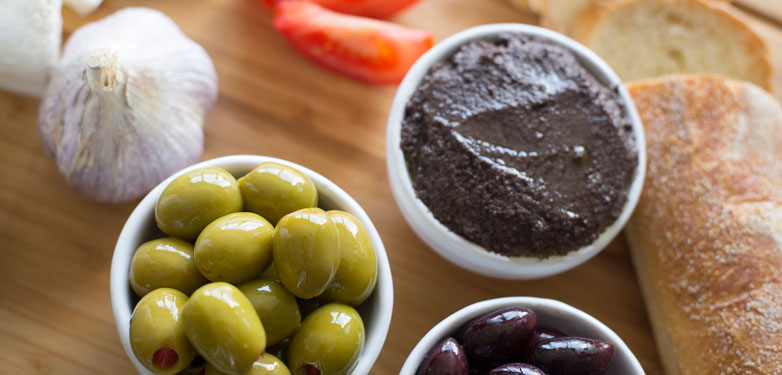In order to maximize the annual yield of an olive tree, a sophisticated process that blends science and ongoing care is required every month of the year.
In spring, olive trees begin to blossom. The soil around the trees must be fertilized and tilled to improve water storage around the roots of the tree. The trees are also pruned to promote even growth throughout the year.
As climates dry in the summer, olive trees on flat land near the coast are watered every two to three weeks, while trees in mountainous regions are able to survive with less water. At this stage, the olive fruit is in its early stages of growth.
By autumn, olives are ripening and begin to lose their green color as oil within the olive increases and water content is reduced. Fertilizer is added to the soil around the trees to prepare it to receive rainwater and maintain humidity as long as possible. It is a well-regulated and systematized process of harvesting olive trees.
You might be surprised to learn that olives become completely ripe in the winter. At this point, olives shift to a violet and eventually black color and become softer. Olives are harvested when they reach a 3/4 violet shade, harvesting any later than this results in the fruit losing oil by becoming too ripe.
So there you have it. A year in the life of an olive tree. Harvesting olives, as you can imagine, is a labor intensive process due to most tasks being performed by hand. While mechanized olive harvesting is possible, it’s not commonly used because it’s not as effective as the traditional, manual process used by Zeea’s olive farmers.






